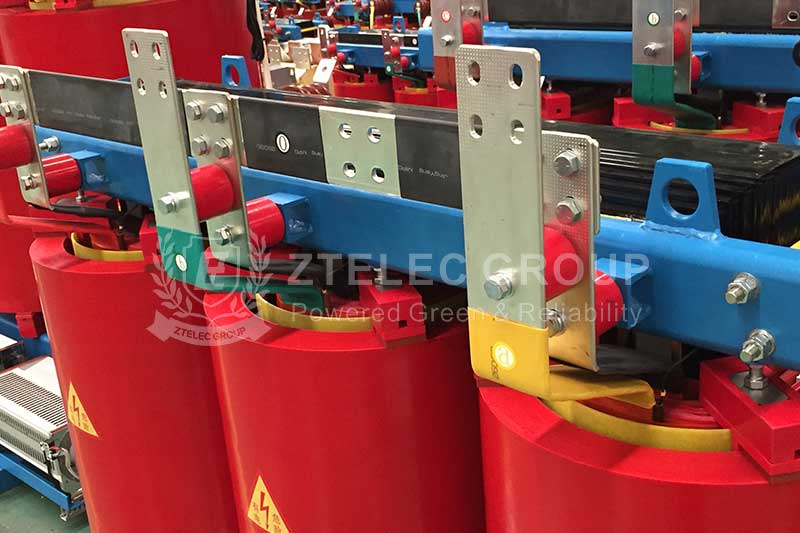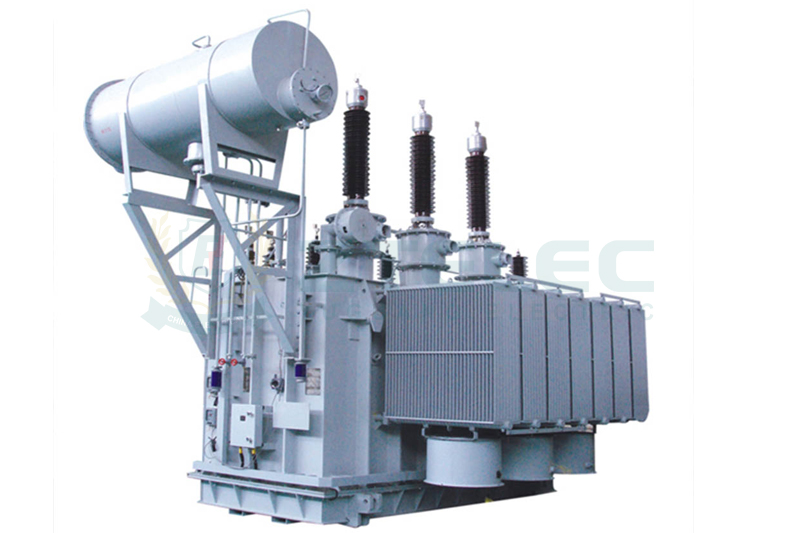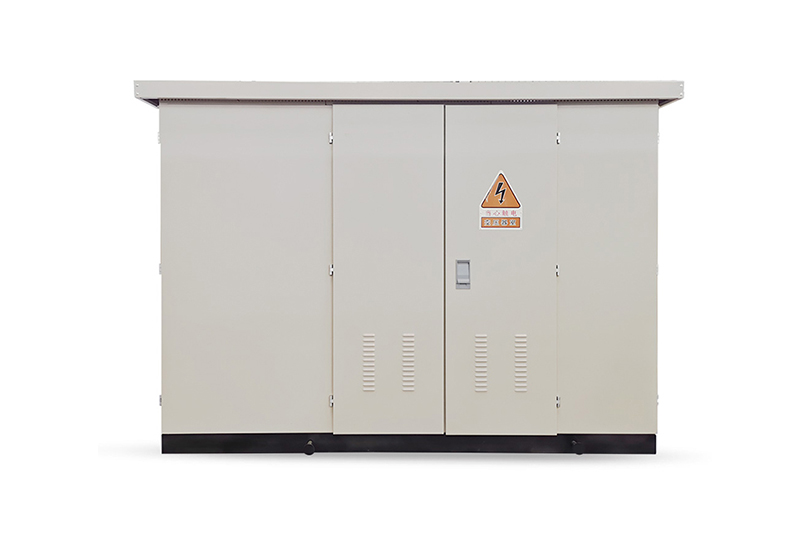How to Configure Protection for Dry-Type Transformers: Key Principles and Application Techniques
Time:2025-05-27 Auther:ZTelec-www.ztelectransformer.com
In modern power systems, dry-type transformers are widely used in high-rise buildings, commercial centers, subways, hospitals, and other critical environments due to their fire resistance, moisture resistance, and minimal maintenance needs. However, during operation, issues such as winding faults, core overheating, and external short circuits may occur. If not resolved promptly, these faults can compromise system reliability and safety. Therefore, configuring an effective and intelligent transformer protection system is essential to ensure continuous and safe power delivery.

Key Principles of Dry-Type Transformer Protection Configuration
Sensitivity Principle
Protection devices must respond rapidly and accurately to various faults, even those of small magnitude. Sensitivity is typically quantified by the sensitivity coefficient. Utilizing high-sensitivity detection components and optimized fault criteria ensures quick and accurate fault detection and isolation.
Selectivity Principle
Only the faulted portion of the system should be isolated, allowing the rest to remain operational. This requires careful coordination of operating time and current settings across different protection levels. Internal transformer faults should trigger main protection first, while external faults should be managed by corresponding line protection systems to avoid unnecessary transformer trips.
Quick-Action Principle
Faults must be isolated as quickly as possible to minimize equipment damage and reduce system disturbances. Fast-operating protections like differential and gas protection must be implemented. In high-reliability scenarios such as data centers, using rapid-response breakers and relays is essential.
Reliability Principle
Reliable protection ensures faults are detected and cleared within the required time frame. This involves using high-quality components, electromagnetic interference-resistant designs, and self-monitoring capabilities. The system must generate timely alarms if any part of the protection mechanism malfunctions, maintaining operational stability.
Application Techniques for Dry-Type Transformer Protection Configuration
Main Protection Configuration Techniques
Differential Protection
Differential protection detects internal transformer faults by comparing current values at both ends. Proper selection of current transformer ratios and secondary characteristics is vital to reduce unbalanced currents. Harmonic restraint can be used to avoid inrush current misoperation.
Gas Protection
Although gas production in dry-type transformers is minimal, it still occurs during short circuits or overheating. Installing gas relays with appropriate settings for light and heavy gas signals can effectively detect incipient faults and prevent further damage.
Backup Protection Configuration Techniques
Overcurrent Protection
Overcurrent protection serves as a backup for external faults. Its settings should match the transformer’s rated and maximum load currents. A voltage-compound start approach, utilizing negative sequence components, can enhance detection of asymmetric faults.
Zero-Sequence Current Protection
For systems with grounded neutrals, zero-sequence current protection detects single-phase faults. Accurate measurement and coordination with system grounding are essential for effective fault isolation.
Abnormal Operation Protection Configuration Techniques
Overload Protection
To prevent overheating due to long-term overloading, overload protection triggers alarms or automated load reductions. The protection thresholds should be based on transformer capacity and operational tolerances and can be integrated with temperature protection systems.
Temperature Protection
Temperature directly affects insulation life and safety. Sensors monitor core and winding temperatures, triggering alarms, fan operation, or shutdowns based on set thresholds. Proper sensor placement and accurate response settings are crucial to prevent thermal damage.
In summary, configuring dry-type transformer protection requires a comprehensive approach that balances the principles of sensitivity, selectivity, rapid response, and reliability. By combining these principles with effective application techniques tailored to operational conditions, engineers can establish a robust protection system to safeguard the stable performance of power infrastructure.





